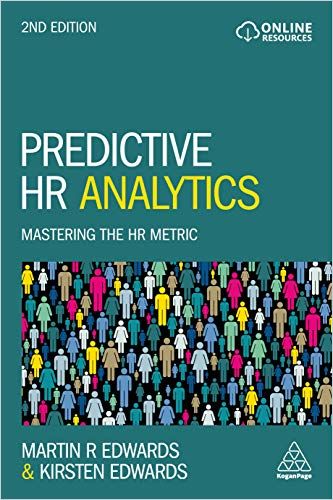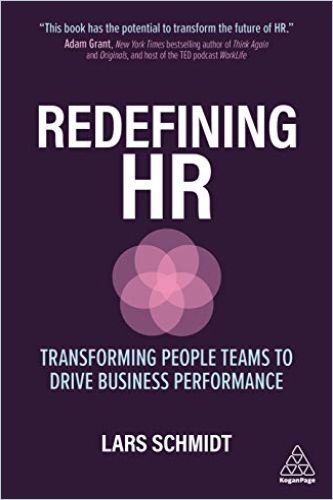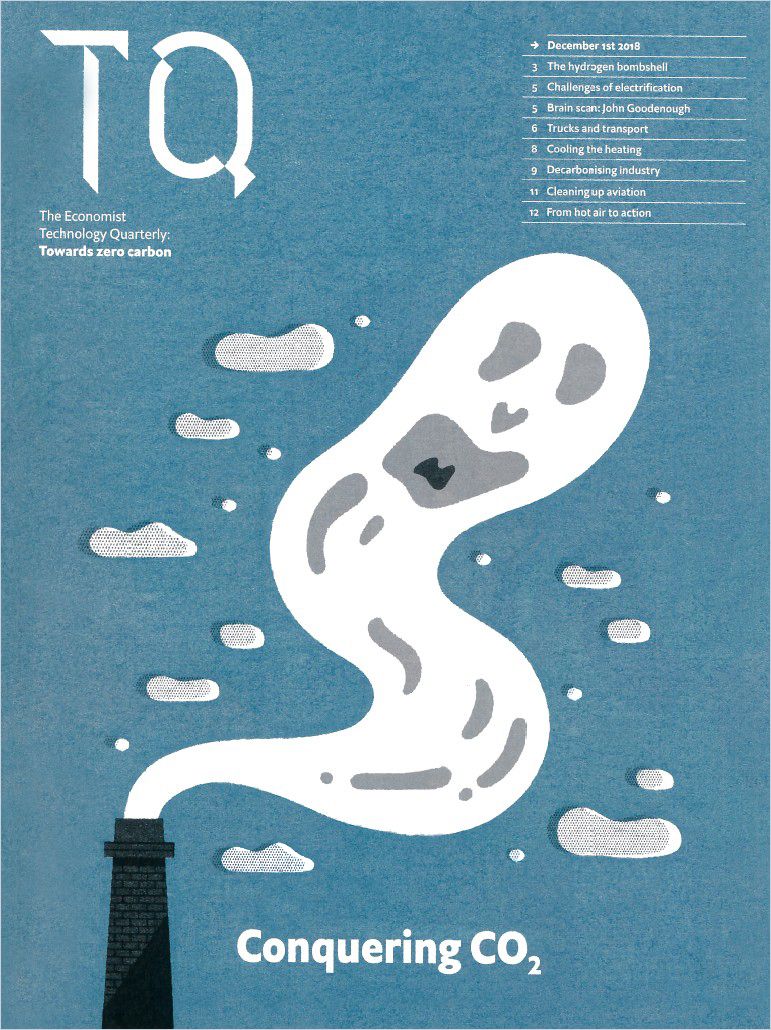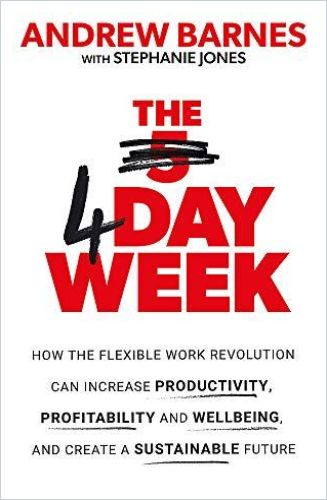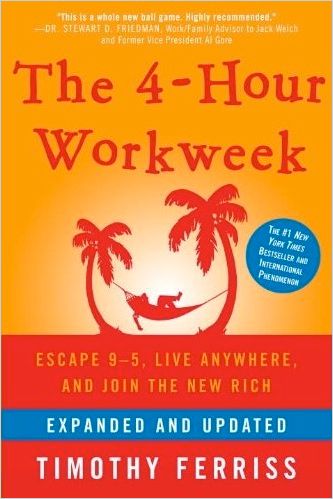Trends Outlook

Of course, political and COVID-19-induced issues have dominated our discussions and actions last year, and in the new year, both will continue to occupy us: The pandemic is not over yet. Of particular importance, however, are new topics that will be added to this challenge, and will therefore pose extra challenges to organizations and companies.
We have already described some of the biggest of these in our “The 9 Megatrends That Will Boost Your Organization’s Legs” article:
Here, we address some pressing sub-topics and provide you with compressed knowledge from our library to help you prepare.
1. Talent Crunch and Employee Retention
What we announced for the future in an article just a few weeks ago is already turning into reality: According to Forbes, no less than 54% of companies globally report talent shortages – this is the highest in over a decade. In the United States, the situation is even worse: 69% of employers are currently struggling to find the talent needed to fill open positions, up from just 14% 10 years ago.
Attracting and retaining talent might have never been as challenging as today.
The causes for this talent crunch are that many people are currently changing jobs (you want to know how to do that in style?) because the timing is good for them: Many interesting companies are headhunting the best people through strategic recruiting faster than any employer can count to three – and this time, even demographics, which have been disadvantageous in recent decades, is playing into their cards: There are less and less active people in the workforce.
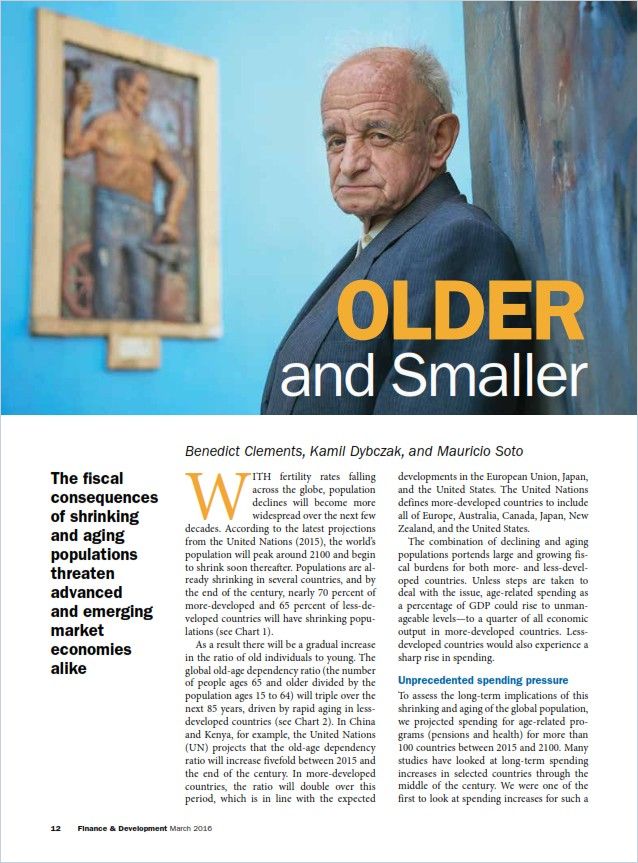
What are other current trends around the talent crunch you can apply? On the one hand, many employees at their previous organization lacked perspective (that can be changed!) or safety (same here); on the other hand, as the pandemic winds down, many simply see the time has come to do something completely different (which will be anything but unusual from now on!) – or have been preparing for their transition for a long time (Keyword: job crafting).
So, no matter whether you are still in the process of setting the course for the future (we should all negotiate more and better!), or whether you are still finding out what will even be in demand tomorrow (this): Better be prepared – on both sides of the negotiating table.

2. Hybrid Work
There was no topic we tackled more last year than this one. The Cisco Hybrid Work Index reveals why: 64% of respondents on the topic said, for example, that the ability to work from home determines whether they keep a job or accept a new one. On the other hand:
Leaders who stay close and are proximate to their team members will understand the individual circumstances and preferences of each person, allowing for curated hybrid configurations that will play to individual strengths while also being attentive to the employee’s well-being.
Cisco Hybrid Work Index 2021
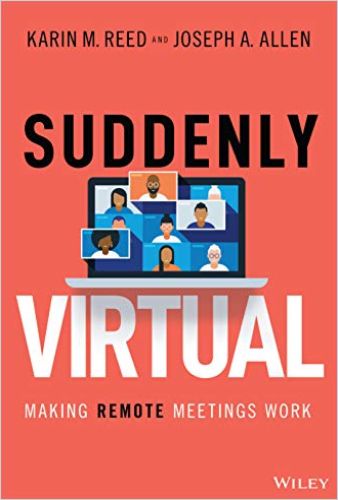
Having this evidence means no one can sit back and watch in 2022 (see point 5 below) – but for now, please find everything you need to know about the topic on getAbstract here and here:
And, well, here, here, here and here. Maybe take a look at our overview page on Hybrid Work, to make sure you didn’t miss a post.

3. Autonomous Technologies and Total Connectivity
For how many years now have people been telling you that this is going to be the next big thing? It is! It’s been big for a long time – and it’s getting bigger all the time, including 2022. Why? Because, for example, Mercedes-Benz now has road approval for their new self-driving S-Class even in Germany, the land of bureaucracy, because the bitcoin price keeps rising, and because smart cities with nationwide 5G mobile networks are finally taking off.
And you know what we especially love? Our entertainingly funny yet deadly serious column “How (Not) to Compete with a Robot.” Because that’s what you, as a human being, shouldn’t lose sight of amid all the fuss.

4. Decarbonization
The fact that this topic has made it to the top of the list of world problems to be tackled actually says it all about the great necessity: This is about securing our world of tomorrow. The international target is currently to save 50% of CO₂ emissions by 2030 (yes, we still have eight years) and to implement a net-zero economy by 2050. Unfortunately, not all countries and companies are on board – but more and more are.
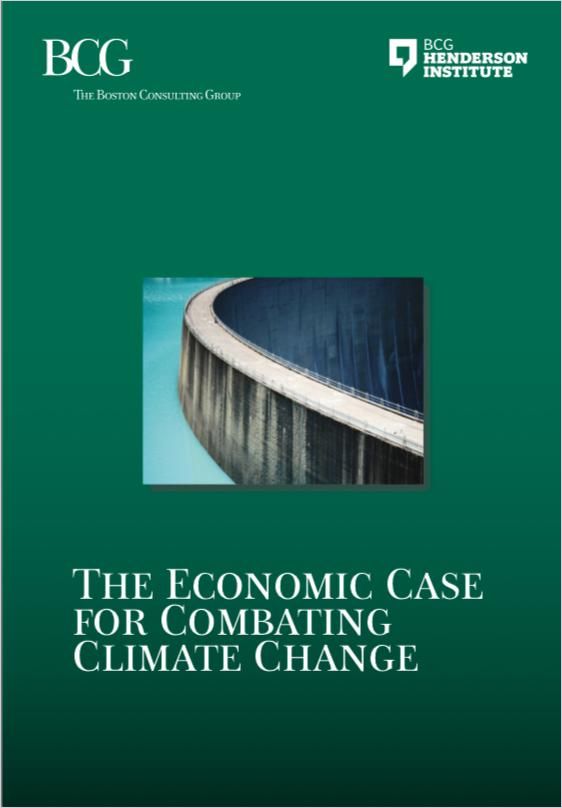
The Economic Case for Combating Climate Change
The Boston Consulting Group Read SummaryIt is increasingly becoming a high-profile problem if companies do not commit to conserving Earth’s resources and, above all, its climate, because economic growth and sustainability can now be technically combined in more and more places. So anyone who sleeps on this is damaging their reputation. And reputation is a currency that cannot be overvalued in times of talent crunch – if you have any questions, go back to point 1.

5. Working Less
For the vast majority of things, Iceland is way off the beaten track. That this can have advantages is proven by a project that would probably never have been tried out in a bustling large corporation or in London’s financial district: the four-day week for 1% of the workforce. And, as those responsible tell the BBC, with enormous success. The employees who took part in the pilot project are not only happier and healthier, they’re often more productive. Could it be that what seems impossible to many works not only in the implementation of hybrid working models – but also in general working hours? Unilever is also currently giving the concept a try, and other companies will follow.
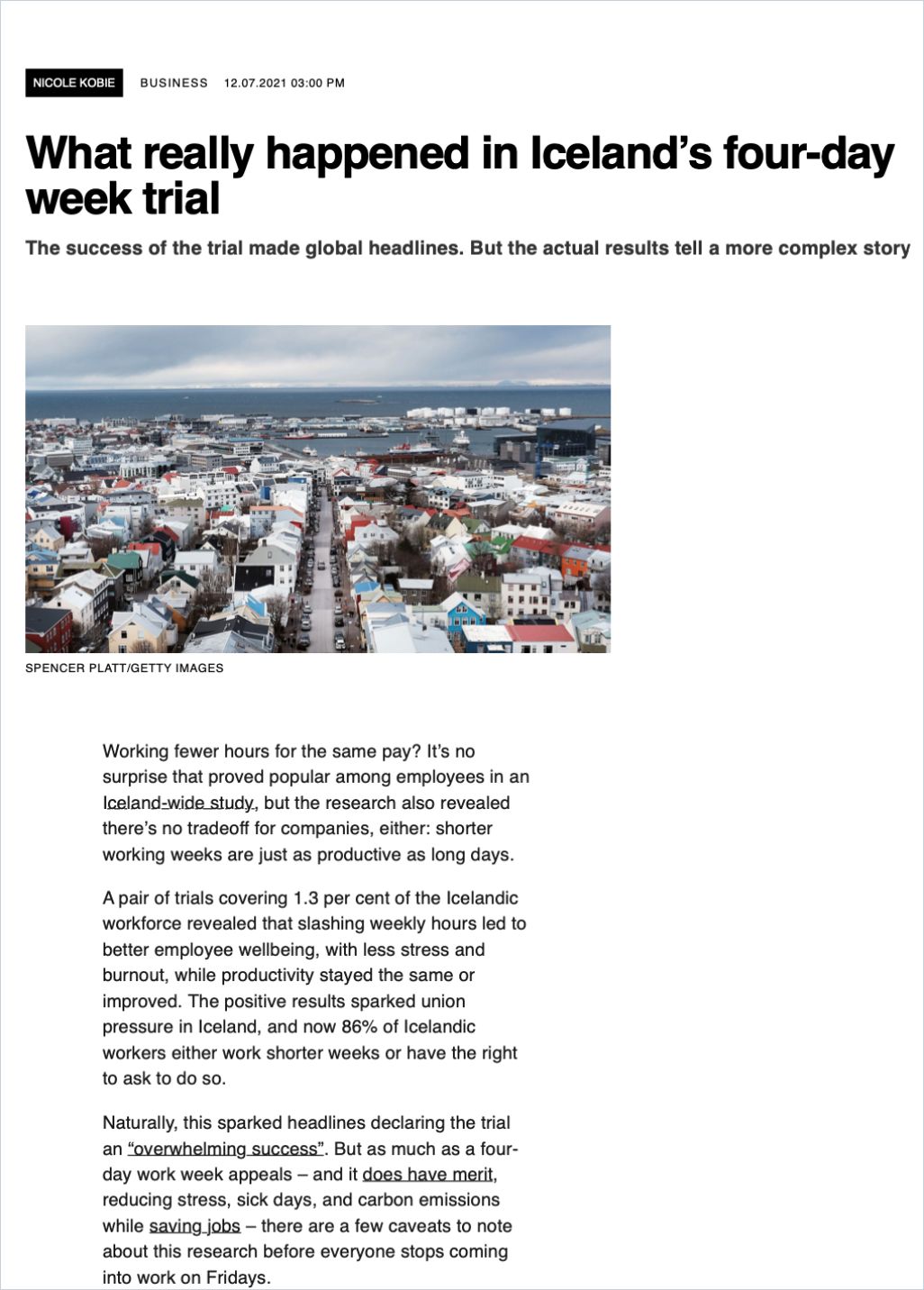
If you want to learn more about the subject, you can’t ignore the two classics in our library:
Whether you end up choosing four days or four hours: The fact that it makes sense to think about working time and how to plan it better – and not just at the employee end – is now undisputed. There are many ways to achieve a better, more balanced working life, so we’ve gathered some further information and help along the way:

We wish you all the best!

